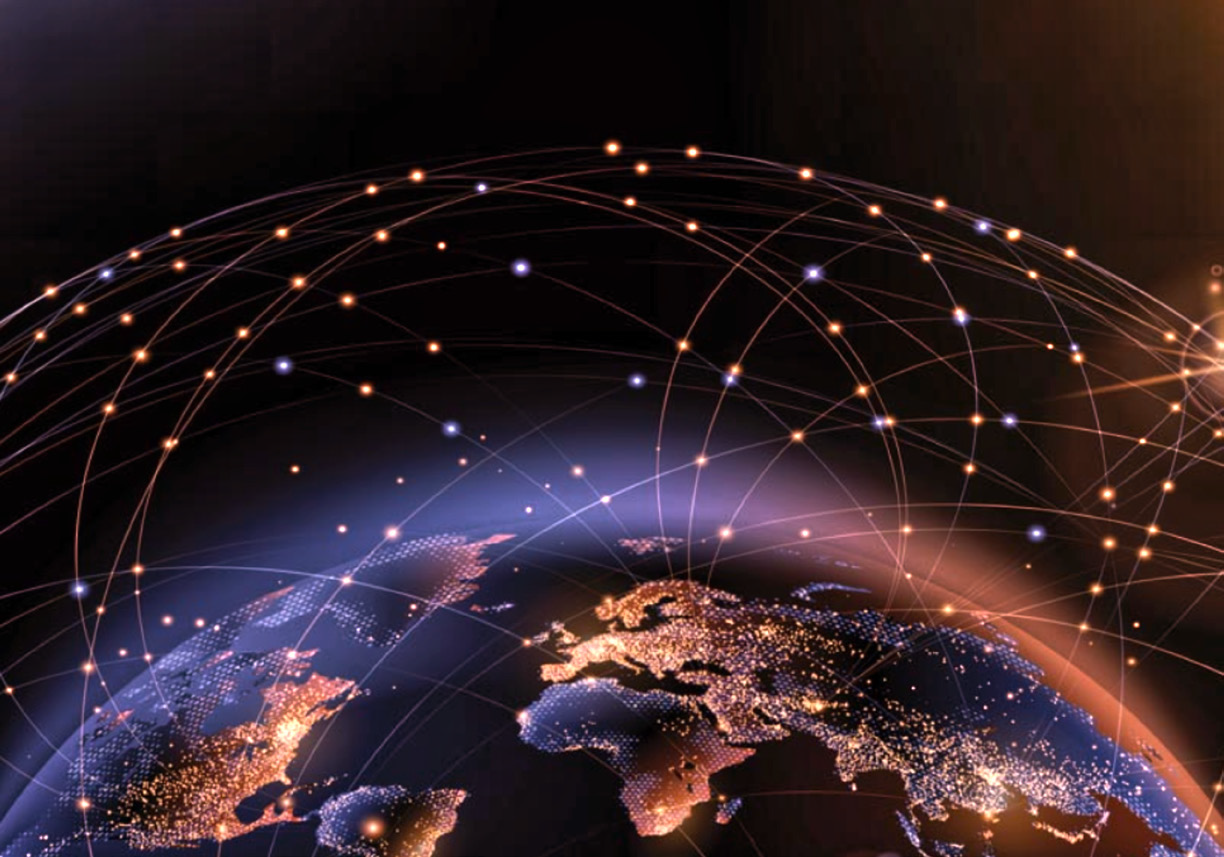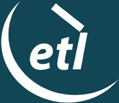As stated in a report published by the UK Military of Defence (MoD) exploring the increasingly complex nature of combat, “the pace of technological change and proliferation is rapidly broadening and deepening the threat spectrum.”

Not only have these technological advancements changed the character of warfare, with equipment less expensive to manufacture and easier to transport and operate, they have also impacted the ground stations and networks responsible for important surveillance, tracking and mission critical information gathering.
Increasing Capacity + Service
Increasing capacity and service is now a key aim for global militaries, and in the summer of 2022, the U.S. Space Force’s Commercial Satellite Communications Office (CSCO) said that, “over the next two years, it would spend more than $2 billion in commercial satcom contracts,” buying capacity and services.
Since then, we’ve seen a desire from the U.S. government to use non-military satellite constellations where such makes sense. In fact, only a few weeks ago, it was reported that SpaceX will be providing Starlink services to the Department of Defense (DoD) under ‘unique terms and conditions,’ as part of a $70 million contract. Under the one year agreement, SpaceX will provide, “a best effort and global subscription for various land, maritime, stationary and mobility platforms and users.”
Analog To Digital
There’s no doubt that the industry is changing, and significant investment is going into how the ground station can better support military organizations as we enter a new era of digitization. We are currently working with the European Space Agency (ESA) as part of the Digital Intermediate Frequency Interoperability (DIFI) Consortium to effectively translate our analog RF signals into digital versions. These digital versions can then be transported through secure private IP networks to anywhere in the world.
The Benefits
For governments and military organizations looking to gain the upper hand, digitising the spectrum will help overcome many of the common hurdles associated with transporting RF signals on the ground. This includes the inherent limit to the distances RF signals can travel from the antenna via the terrestrial networks, before they begin to degrade. Unlike analog RF signals, no signal conditioning is required for an IP data stream. In addition, if you’re running RF signals over long distances over fiber, you’re going to need amplifiers, and there will be isolation challenges and return loss. The resulting simplification of digitizing the signal means there is a significant reduction in the numbers of antenna feeds, so rather than having a large elephant trunk coming off of an antenna, this can be replaced by a single RJ45.
Another benefit of Digital IF/RF is the added flexibility, allowing the physical decoupling of antennas from modems. For example, a control center in Washington, D.C. could easily switch between antennas located on the other side of the world.
This would enable encryption equipment to remain on home soil, allowing militaries to retain full control of critical operational assets and reduce exposure to risk during combat. The impact here will be significant.
Governments would also no-longer have to have their encryption and decryption codes physically in a building on the other side of the world, which have to be manned. As digital signals do not radiate in the same way as analog signals do on coaxial cable, there’s a further security benefit as the act of intercepting the signal becomes far more difficult. Finally, once the signal is digitized it’s also very easy to change the encryption quickly, making transmissions more flexible and secure.
Change Won’t Arrive Overnight Alongside the clear security benefits, improving operational efficiency will lead to significant cost savings. This is because you’re centralizing all encryption, decryption and modems, which, from an efficiency point of view, makes a lot of sense.
By swapping all localized modems, encoders and decoders, and having one set of them in a home country, the need to maintain large infrastructure is removed. This simplifies many of the operational elements including the size and requirement of the skilled team to maintain and operate the network. That being said, this new technology won’t make traditional RF architecture redundant, especially for applications with less onerous security requirements. In some cases analog RF will make the most sense, and militaries and governments will be keen to maximize their existing investments. Operators with huge investments in analog RF processing equipment will not be looking at an immediate requirement to switch to a digital environment.
Instead we anticipate that the flexibility of Digital IF technology will enable a gradual transition from analogue equipment to the digital realm over the medium term, with an interim hybrid approach in which both analog and digital technologies work cooperatively.
Standardization
While the possibilities of Digital IF stand to have a big impact, standardization is key for interoperability. Relevant standards include 5G 3GPP, MEF, and DIFI, and ETL has been working with DIFI to ensure the development of a universally accepted IP communications standard. The DIFI Standard (IEEE- ISTO Std 4900-2021: Digital IF Interoperability Standard) will ensure that Digital IF vendors and future digital software defined virtual modem vendors all work with a common IP protocol.


We have learned from the challenges faced by VITA 49.2, on which the DIFI standard is heavily based. As a result, it’s intended to balance adaptability to the demands of varying use cases with firm regulation or guidance to enable true interoperability.
The Future
While governments and militaries are likely to be the first adopters of new technology, as the price drops and the economies of scale increase, the commercial sector will follow suit.
While the first working Digital IF products are coming on stream now, it will likely take several years before we see a mature, digitized ground standard. Nevertheless, it’s an exciting time in the SATCOM industry as we continue to innovate and find new solutions to improve resilience and versatility in the network.
www.ETL Systems.com
dificonsortium.org


